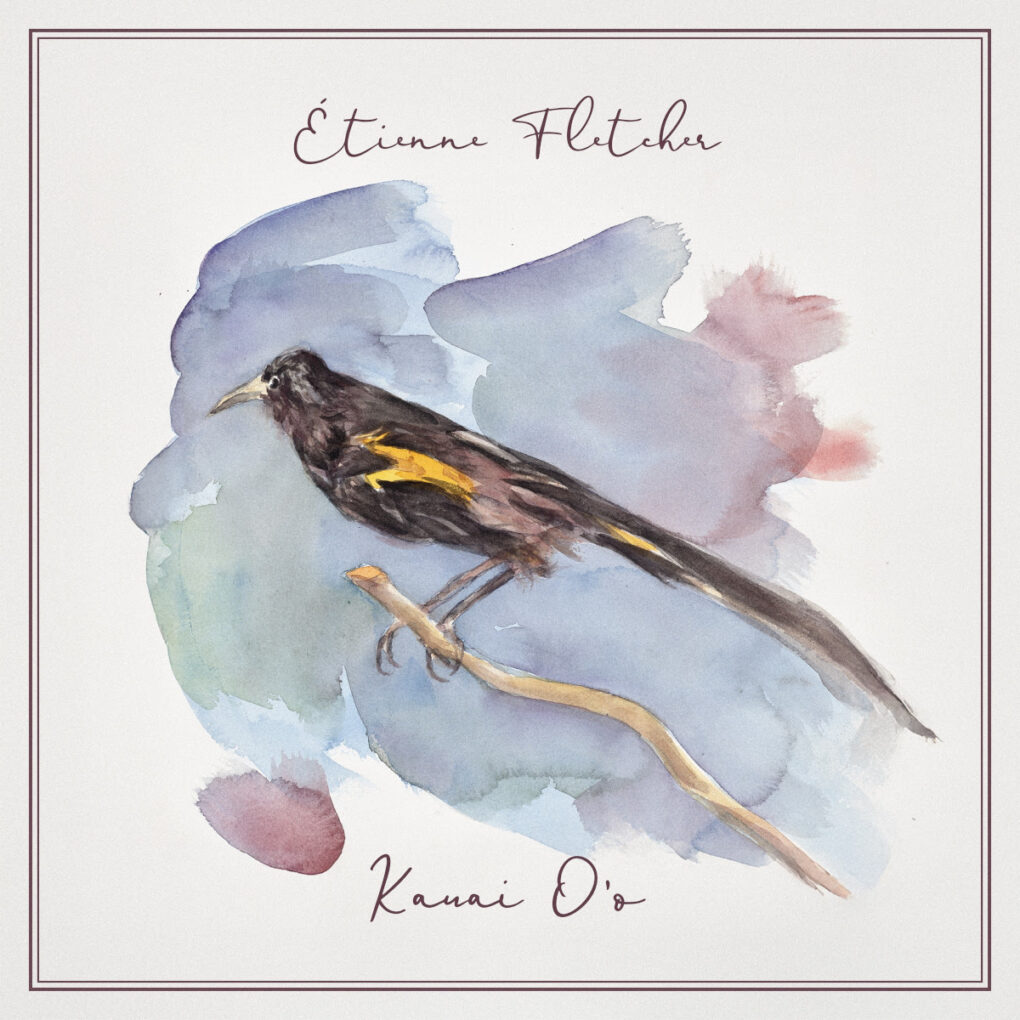Before Europeans settled in North America, millions upon millions of bison roamed the great plains in thundering herds.
They were hunted by Indigenous groups, but always in moderation. Indigenous culture was tightly intertwined with the bison, and the creatures were seen as sacred, given that they provided the people with food, tools, fuel, shelter…just about every aspect of life on the plains was connected to the bison. There was a use for absolutely every part of the animal.
Then came the 1800s, and colonists in North America started moving west. The bison population plummeted to triple-digits by the year 1900. The American Bison Society helped to interrupt the path to extinction, and through lobbying and fundraising secured a small but stable population of wild bison in national parks by 1935. At which point they patted each other on the back and disbanded the organization.
A nice early example of animal preservation, but it ignored the fact that the decimation of the bison population had pulled the foundations out from under the feet of many Indigenous groups. And in fact, the stamping out of Indigenous culture was part of the purpose of decimating the bison population.
There are a few places you can go to learn about the bison and the people who lived alongside them. I went to an excellent one this week with my family, and it was a beautiful place. But its existence did make me sad, because it’s a monument to a species of animal and a way of life that, while perhaps not completely gone, will never be the same.
What makes this a beautiful song:
1. The “Riel” in the title is Louis Riel. If you’re Canadian, you already know who Louis Riel was. If you’re not, he fought to ensure that a group of people – the Métis – were not ignored in Canada’s westward expansion. He was also a hero to French-speakers in Canada’s early years, and stood up to the Anglophone powers-that-were.
2. Born into a bilingual household, Étienne Fletcher sings in French despite hailing from a part of the country (Saskatchewan) that is primarily English-speaking. The irony of this song named for Louis Riel is that Fletcher’s only vocals are a muted humming, while a recording of a young child speaking – in English – is in the foreground.
3. The album cover features a Hawaiian bird, which at first seems not to fit with the song’s themes. Except that the bird is the O’o, a bird native to Hawaii that has gone extinct since the age of American takeover began.
Recommended listening activity:
Browsing a second-hand store and imagining the people who once loved the things on the shelf.
